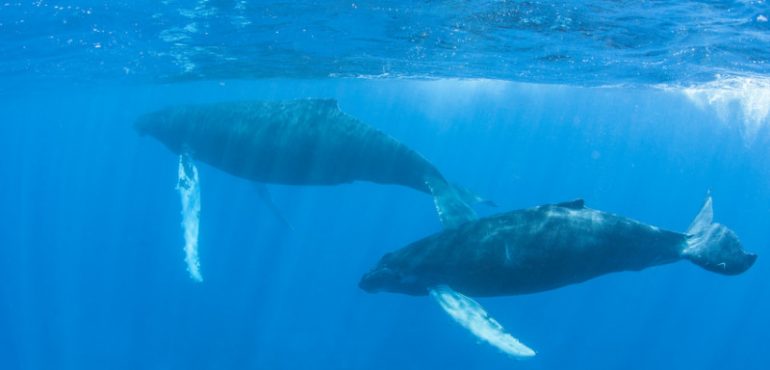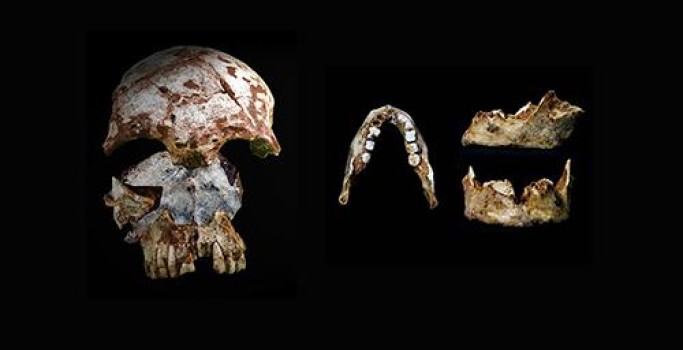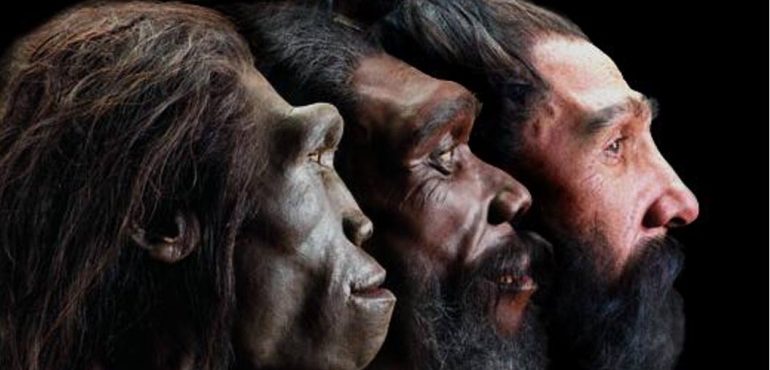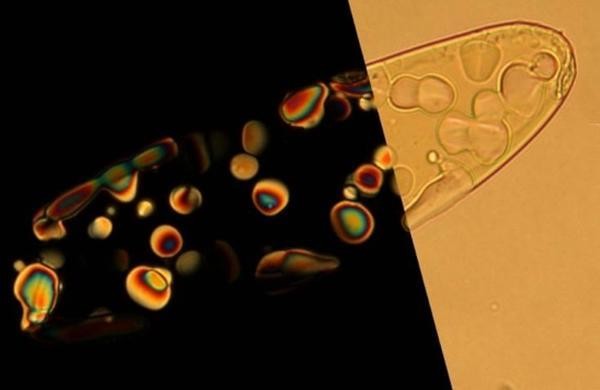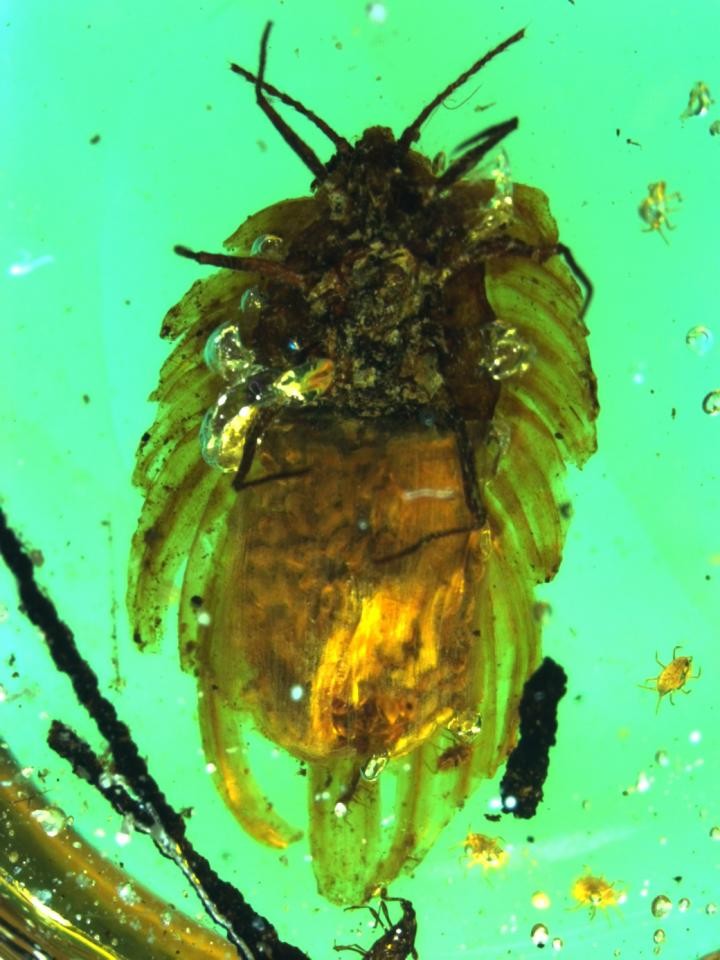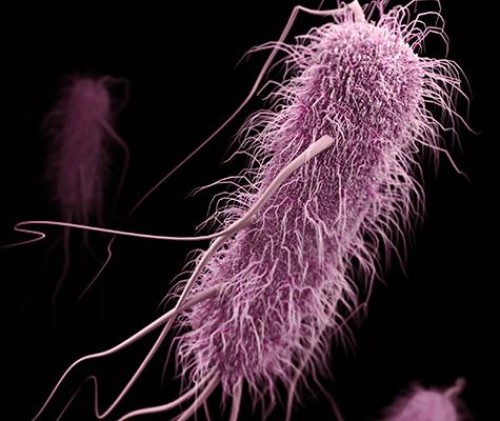Your mother may have given you her eyes, but she could have also given you mitochondrial DNA that carries disease-causing mutations. A study in mice shows that two techniques can drastically reduce the amount of this potentially harmful DNA in eggs and embryos, thus potentially sparing children from the illnesses. The methods could provide alternatives…
Read more
Technique aims to cut disease-causing mutations out of eggs and embryos



